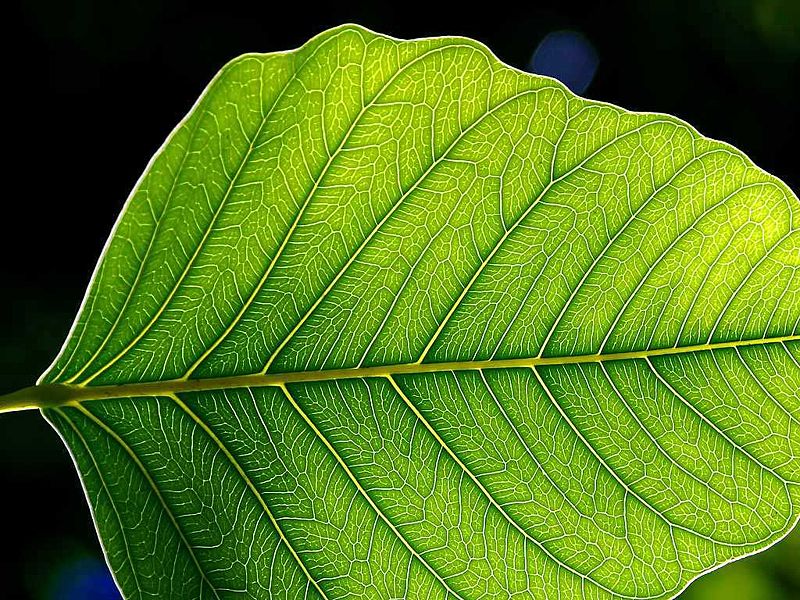

We may earn revenue from the products available on this page and participate in affiliate programs. Learn more ›
How exactly does one turn sunlight and water into usable energy? If it were possible to ask any living organism on Earth this question, you could do far better than asking a biologist or a chemist, or any other human being for that matter, and take the question directly to a leaf. That’s the goal of biomimicry: to take human problems and ask nature “how would you solve this?” And increasingly, such questions are changing everything, from energy to information technology to the way we build cities.
Click to launch the photo gallery
To see how a leaf works its magic, look no further than Dr. Daniel Nocera’s lab at MIT. Yesterday, Nocera’s team announced that it has created the first practical “artificial leaf”, a synthetic silicon device that splits water into oxygen and hydrogen for fuel cells using sunlight just as a natural leaf does. Nocera’s leaf isn’t a perfect mimic of photosynthesis–for instance, it requires materials like nickel and cobalt that must be extracted from the earth, and catalysts that spur reactions that otherwise wouldn’t happen on their own. But it’s indicative of a growing shift in how humans solve big problems by looking to nature for elegant solutions rather than bending the natural world to their wills.
With its 4.5-billion-year head start on mankind, the natural world has developed some clever mechanisms for solving big problems, and that natural cleverness isn’t just informing new ways to generate energy. It’s slowly but surely informing everything from the the way emergency rooms are designed to how data networks communicate. It asks that electricity grids act like bees and businesses manage resources like coral reefs manage calories. Seriously.
“Biomimicry is a beautiful way of framing the design process to be cognizant of how nature does things,” says Dr. John Warner of the Warner Babcock Institute for Green Chemistry. “I think that over the centuries humans have become a little egotistical in trying to bend materials and things to our will.”
Warner and his colleagues are on the science side of biomimicry’s collaboration between biology and design. As a green chemist, he and his lab develop new environmentally benign materials often borrowing from natural processes along the way. In Warner’s world, gone are the heat, high pressures, and toxic additives native to much man-made chemistry, replaced with processes that hew more closely to the way nature creates materials.
On the other side of that equation are the engineers looking for new and better materials with which to design. And increasingly there’s a stronger dialogue between the two, driven partially by an increased environmental consciousness but moreso by a pressing imperative to solve big, overarching problems at the macro scale.
Take Nocera’s leaf for instance: in light of an always-looming global energy (and environmental) crisis, a means to generate electricity from plentiful (and renewable) water and sunlight could solve a number of huge problems, both natural and man made. The answer is right there in the leaf, and has been for millennia–unlock that natural mechanism in a feasible, economically viable manner and you’ve got a beautiful solution to problems ranging from the environmental to the humanitarian to the geopolitical.
“When you think about the natural world, nature outperforms us in its diversity, in its complexity, but does so at ambient temperature, at low pressures, using water for the most part as a solvent.” Warner says. By helping humans to think more like a leaf (or an ant hill, or a 1,200-year-old oak, or a bacterial colony), biomimicry is tapping that multi-billion-year head start to bring the same kind of complexity and diversity to human invention.
Click through to the gallery to see six ways bio-inspired solutions are reshaping the world in the 21st century.






